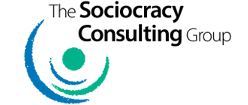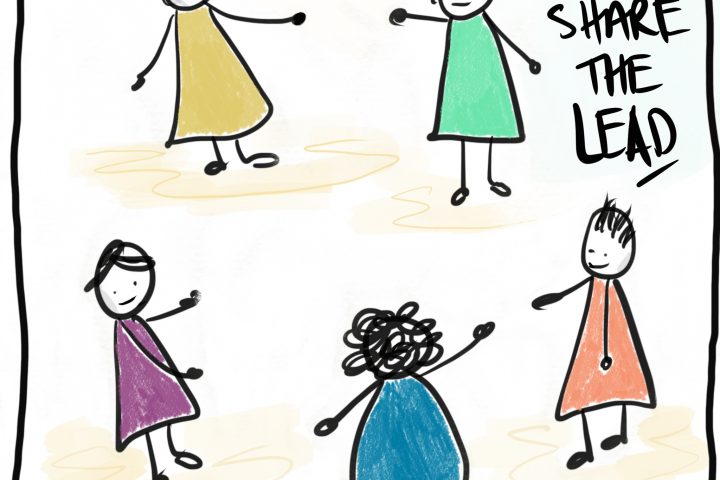Would you be surprised that the research on workplace effectiveness addresses the value of psychological safety? The notion of “psychological safety,” a term coined by Harvard Business School professor Amy Edmondson,1 has been researched extensively over the years.
Psychological safety in a work context relates to a person’s perspective on how threatening or rewarding it is to take interpersonal risks within a team at work.2 And it goes beyond trust between two individuals; psychological safety involves the entire team. This type of safety is cultivated at the team level and becomes part of the organizational culture.
Psychological safety reduces the fear that colleagues will respond to one’s new ideas with dismissal, ridicule, indifference, or other negative or disparaging reactions. This meets one’s need to be heard and respected.
In either an apathetic or a toxic work environment, team members will lack engagement, often resulting in less-than-optimal decisions for the organization. In fact, people will withdraw, subtly or overtly, choosing to withold their best self out of fear of making a mistake or being seen as incompetent.
Work Environment Scenario – Take 1
Rebecca is part of a marketing team with six other people. She’s come up with a new strategy and brings it up during a team policy meeting. “I’d like us to consider using the XYZ Social Media approach. From the results I’ve seen in other sectors, I believe it will make a positive difference for the company”. Ron, in a condescending tone, cuts her off by saying: “Really Rebecca! Another flavour of the month. That’s a waste of our time!” Another team member, Cheryl, rolling her eyes, chimes in with “Here we go again!” No other comments are made from the rest of the team. The facilitator goes to the next agenda item.
Now, imagine team members feeling “safe” enough to take risks and show vulnerability by initiating new ideas. Let’s go back to our scenario where this time, the team uses the Sociocratic Circle Method (SCM).

Work Environment Scenario – Take 2
In response to Rebecca’s proposal, the meeting facilitator says, “Let’s start with a round of clarifying questions to Rebecca’s proposal. Ron can you start?” Ron asks “How long of a trial period do you have in mind?” After everyone has raised their clarifying questions, the facilitator starts a reaction round. When it comes to Ron’s turn, he says: “I’m curious to see how we can adapt this strategy for our company.” And the rest of the team voices their reactions, each one in turn. The process continues with a round of objections; any raised will be used to improve the proposal.
SCM and Psychological Safety
You can see how the SCM can play a distinct role in fostering psychological safety. In the Take 2 scenario, Rebecca feels that her voice matters. She’s encouraged to contribute ideas and give feedback, as is everyone on the team.
Used by diverse types of organizations, the SCM can implicitly and explicitly create psychological safety within a team. In a round, each person on the team gets an opportunity to speak up in turn, without interruptions or cross-talk. The result is that people listen to hear each other’s ideas, rather than to figure out how they can prove their position right and someone else’s position wrong. Consent-decision making is clearly defined with a round of clarifications, a round of quick reactions and a round of objections, in that order. And both the facilitator and the entire group receive training in how to do all this.
The values of equivalence, effectiveness and transparency implicitly create a culture shift. Imagine! Objections are seen as valuable feedback used to improve the proposed decision.
I like to think of psychological safety as creating a safe space, a safe bubble, where one is protected from toxic and negative influences or personas. In this safe space, a team member feels confident that no one on the team will embarrass or punish anyone else for admitting a mistake, asking a question or offering a new idea.
The benefits of instilling psychological safety in a work environment go beyond the positive and productive atmosphere it creates in an organization. Psychological safety helps individuals feel safe enough to broaden their minds and explore new ways of looking at the world at their own pace and style.
Fostered by the SCM, this feeling of safety shows up in positive mental health and well-being for each team member.
To read more about the Sociocratic Circle Method, see The Sociocracy Consulting Group’s free white paper 5 Pitfalls of a Top-Down Hierarchy and What to Do About Them by Sheella Mierson.
To learn more about sociocracy and the SCM, and how it aligns with psychological safety, schedule a free introductory consultation.
References
 Francine believes organizations thrive best when individuals experience a sense of belonging, freedom to be authentic, and having their voices heard.
Francine believes organizations thrive best when individuals experience a sense of belonging, freedom to be authentic, and having their voices heard.


